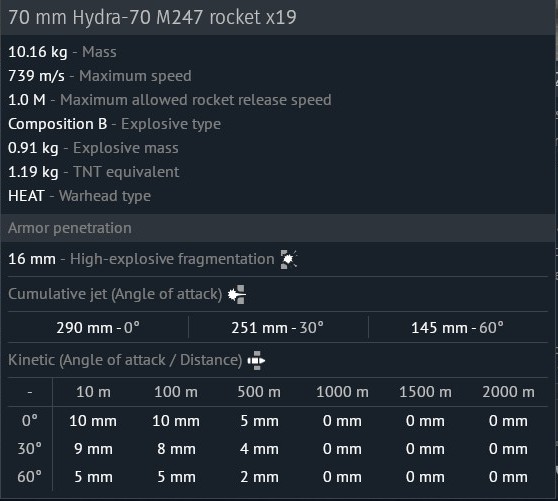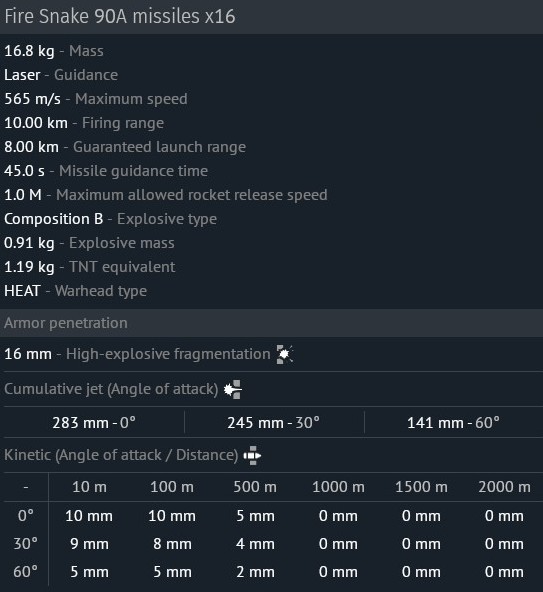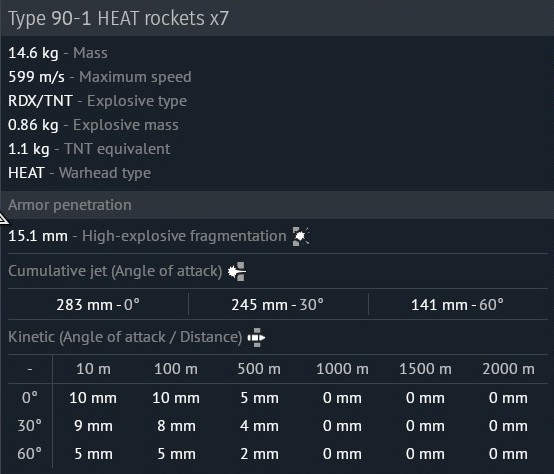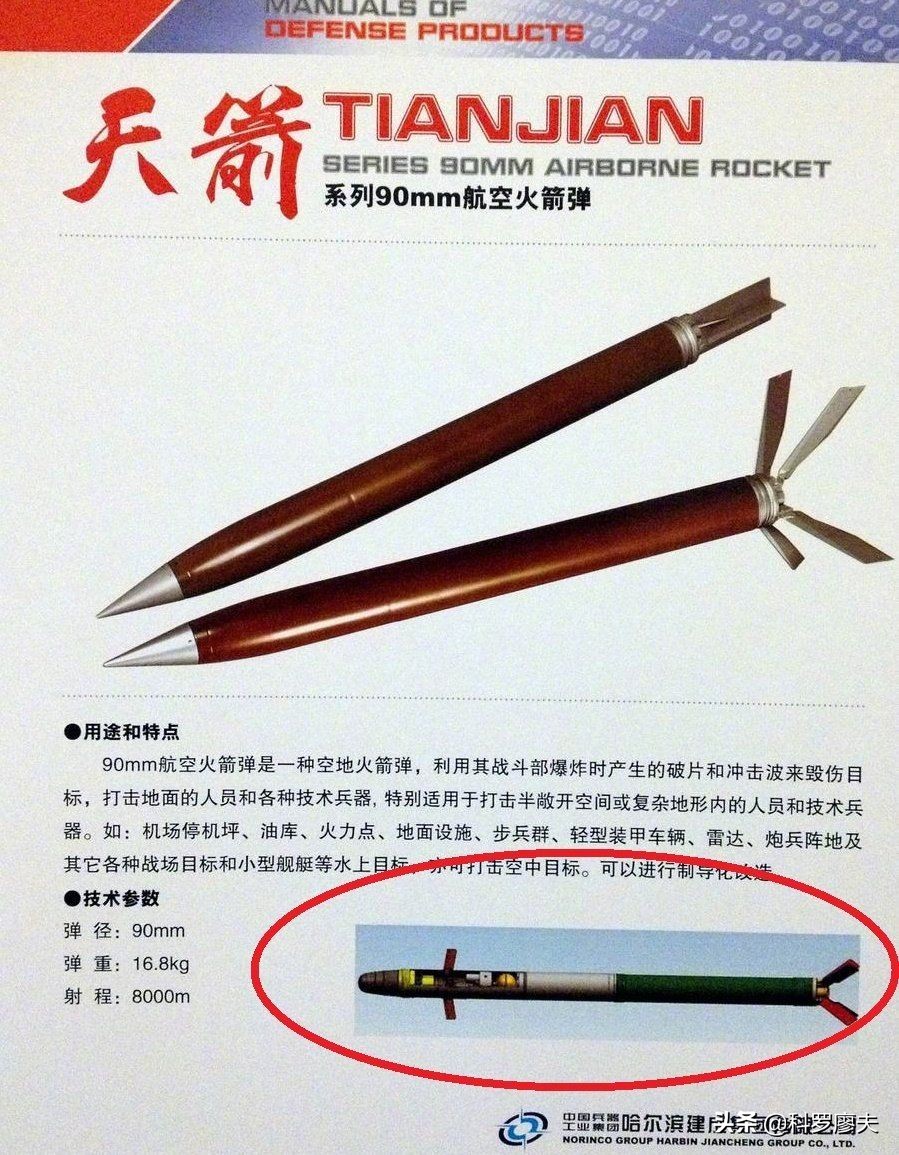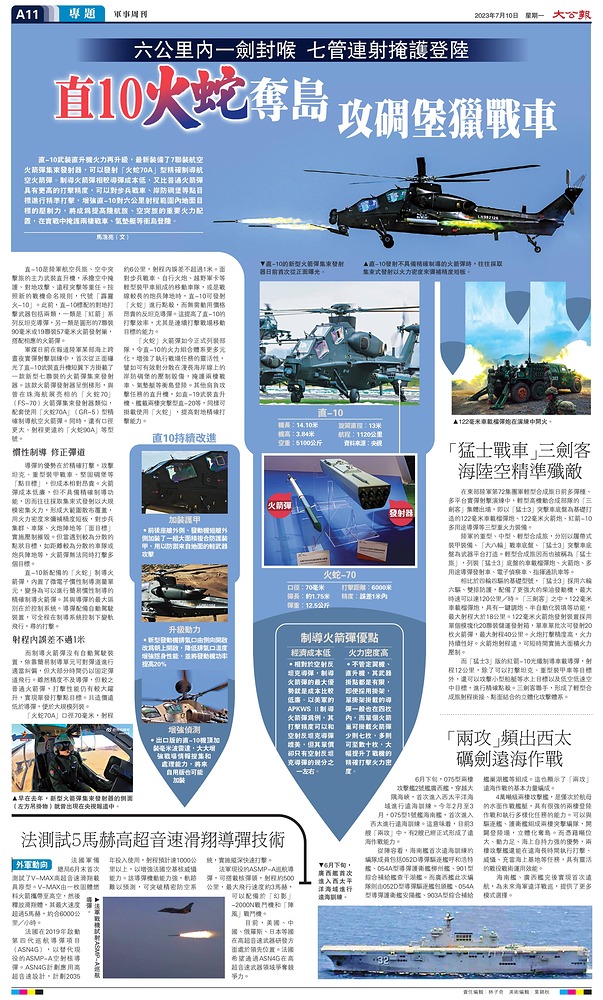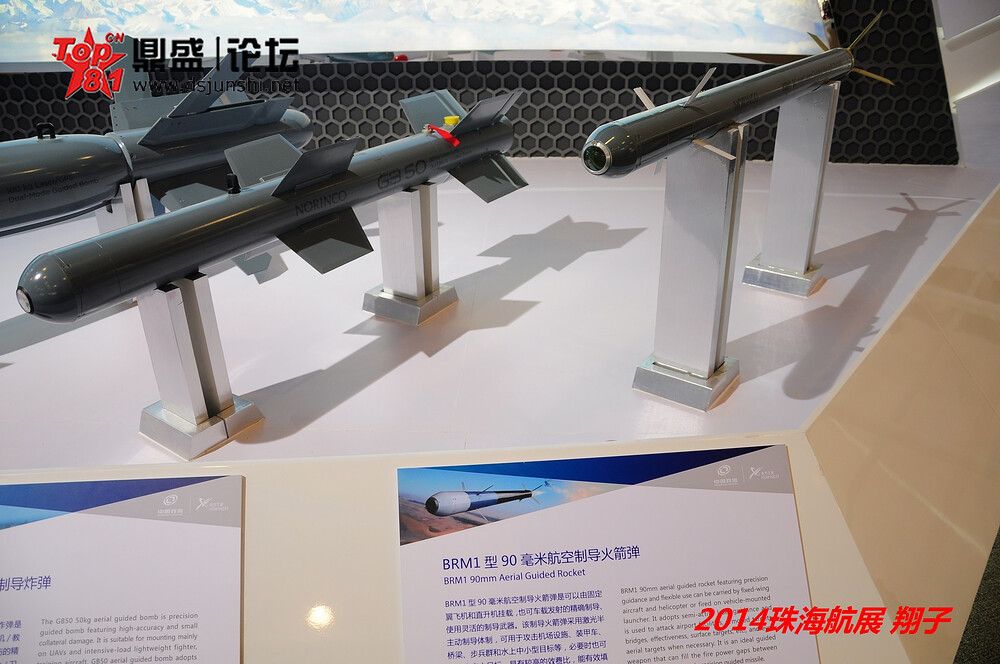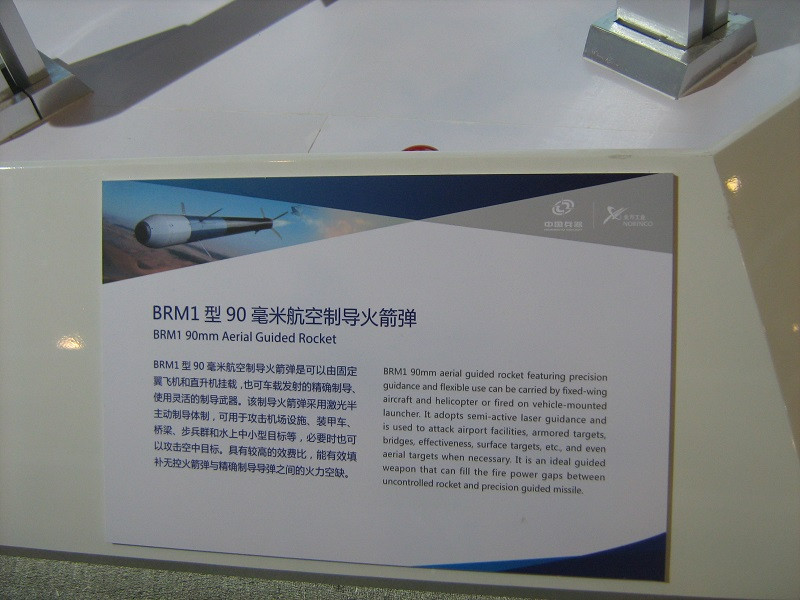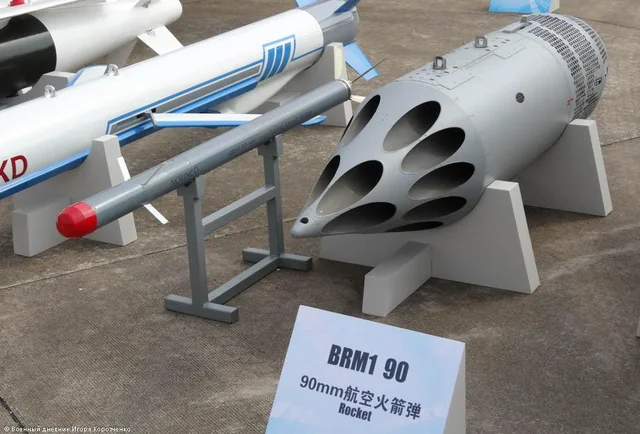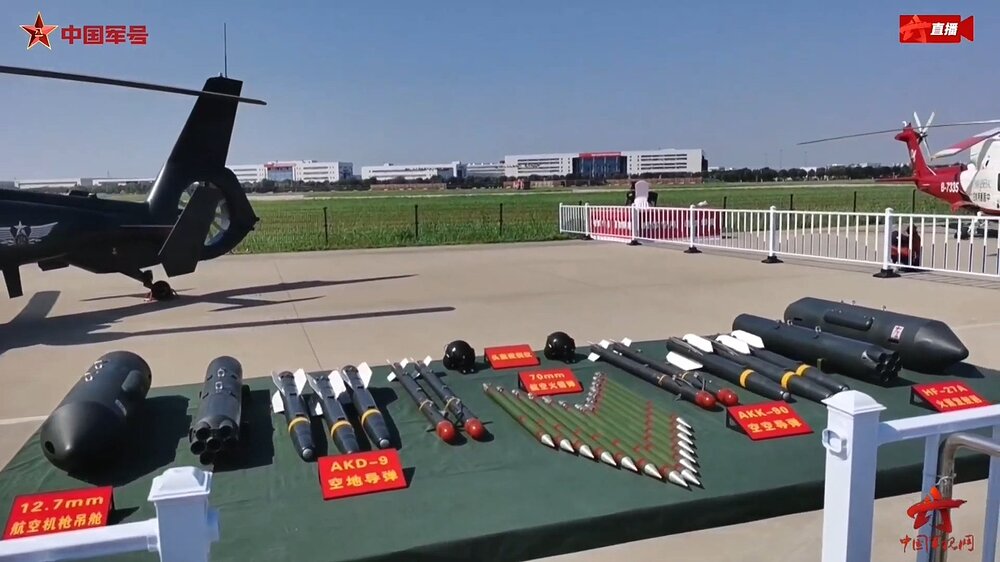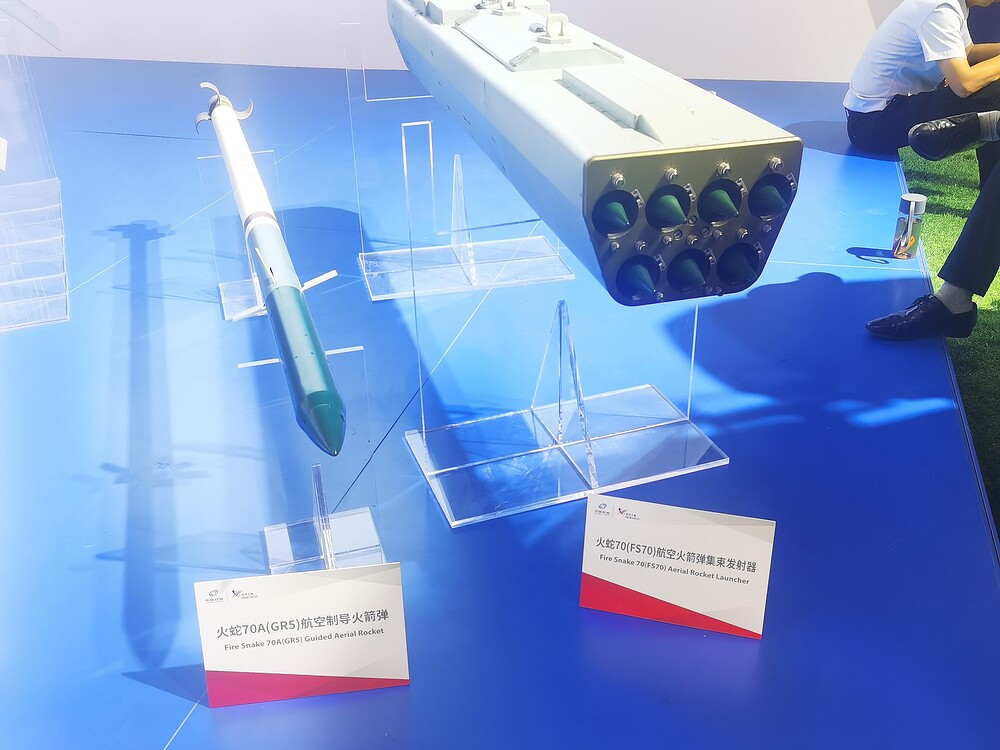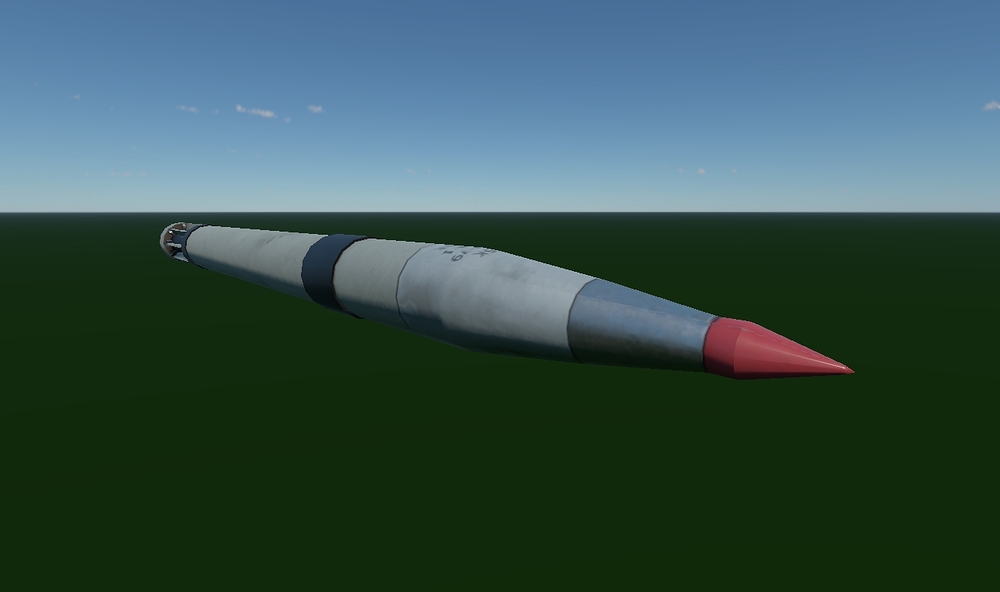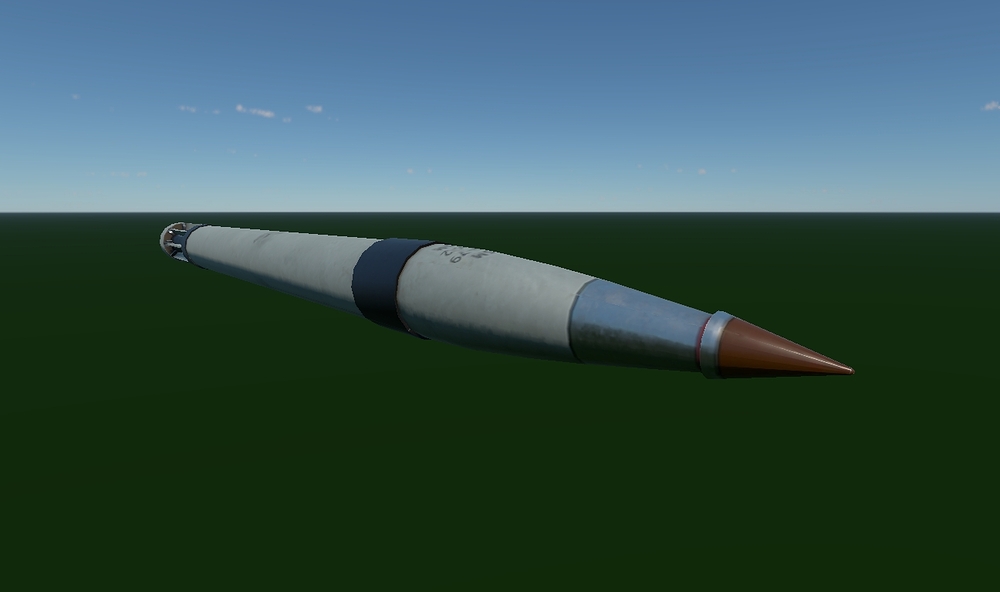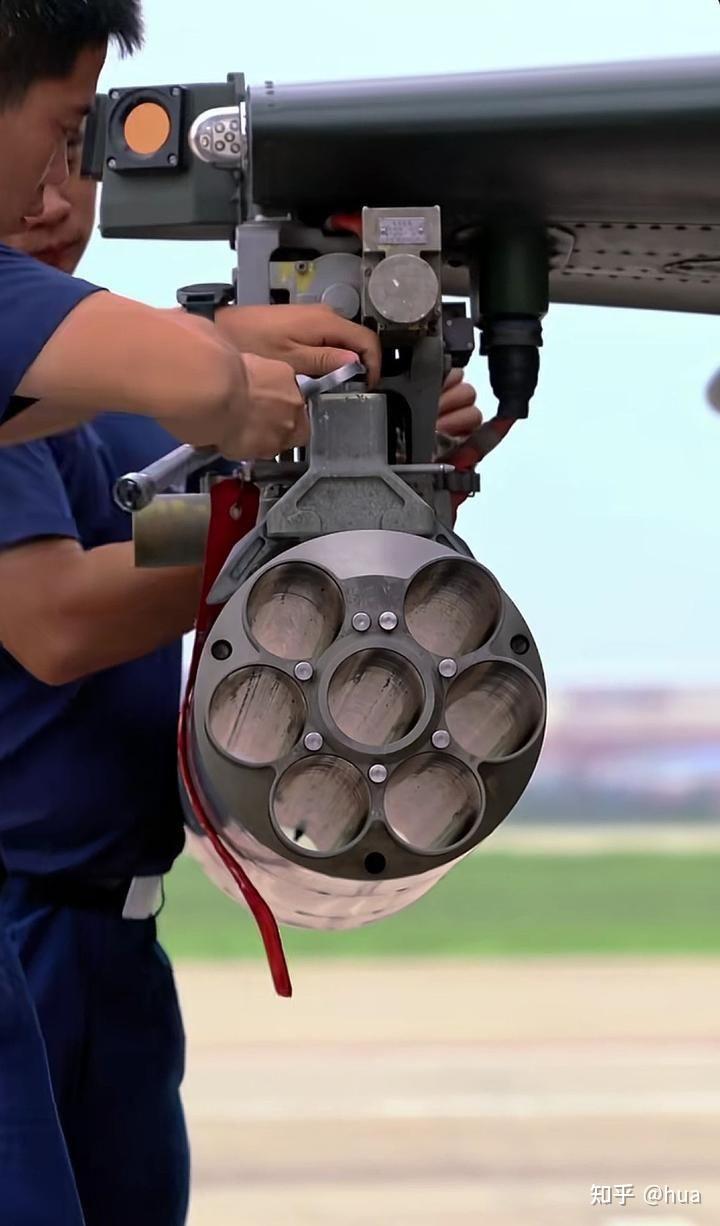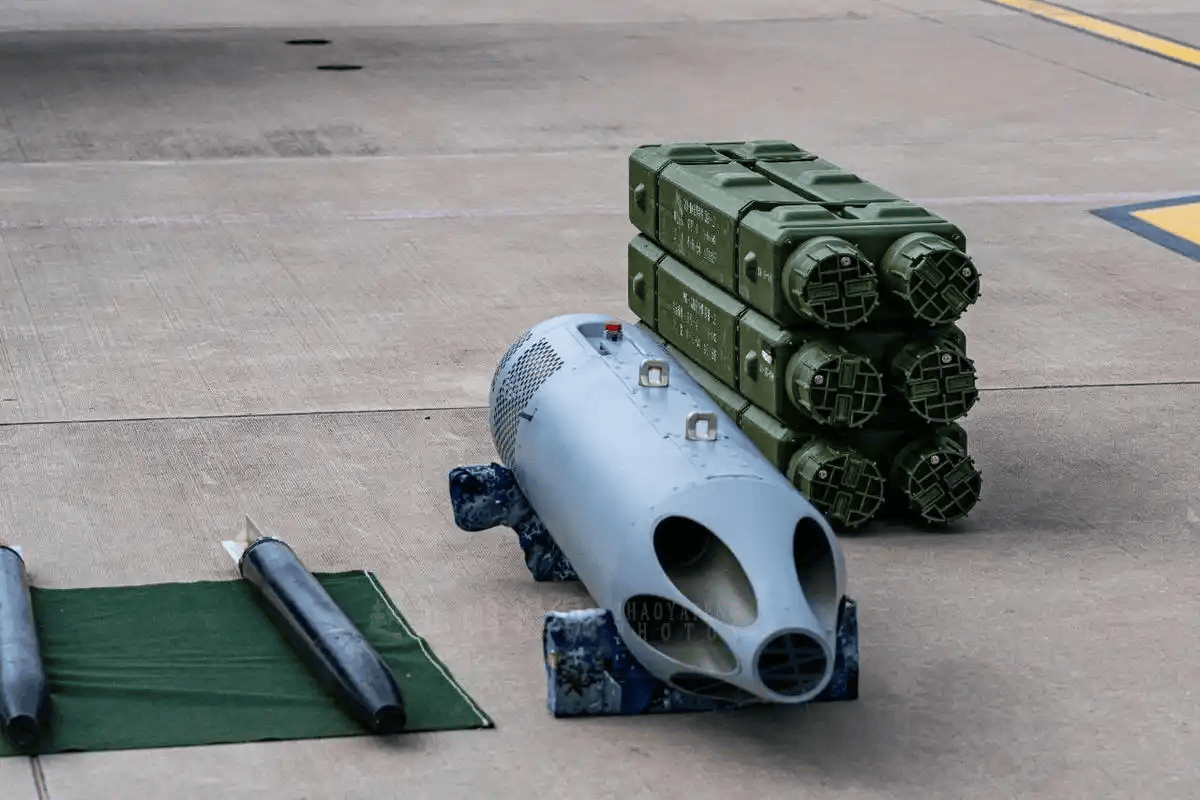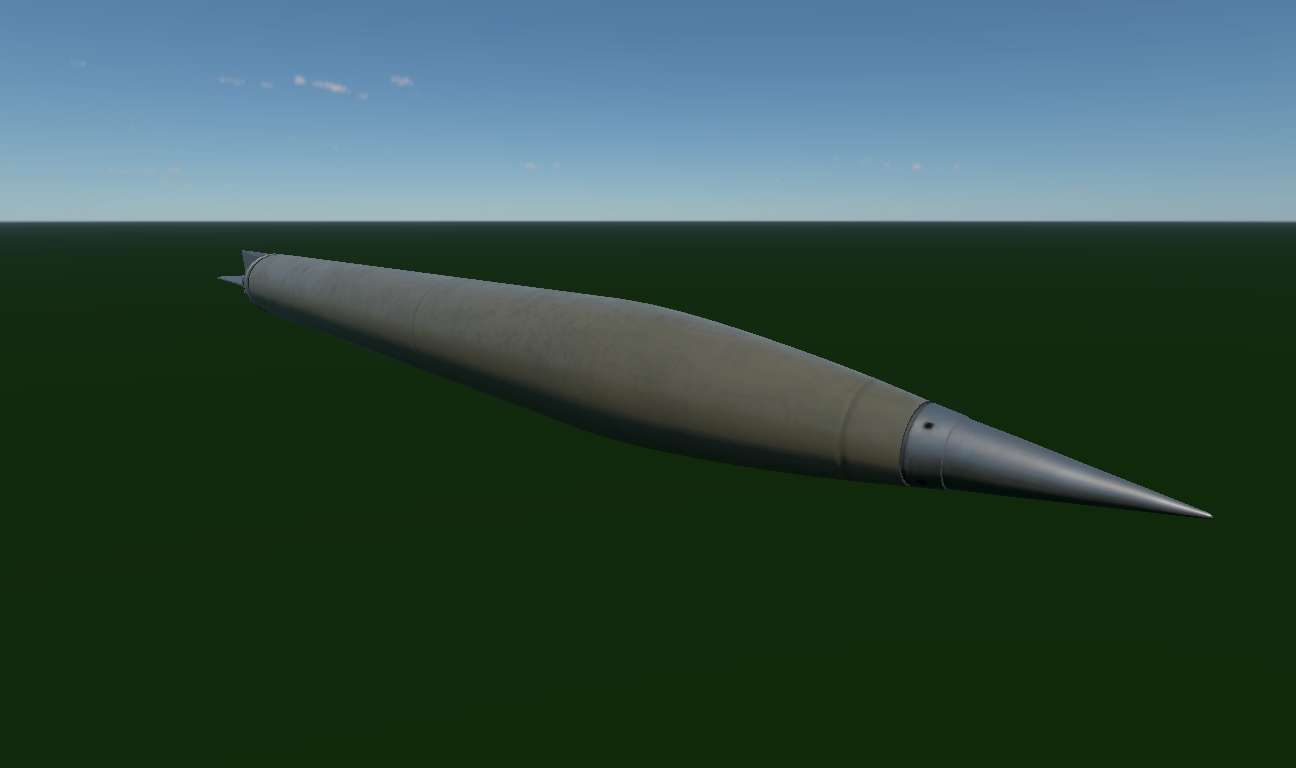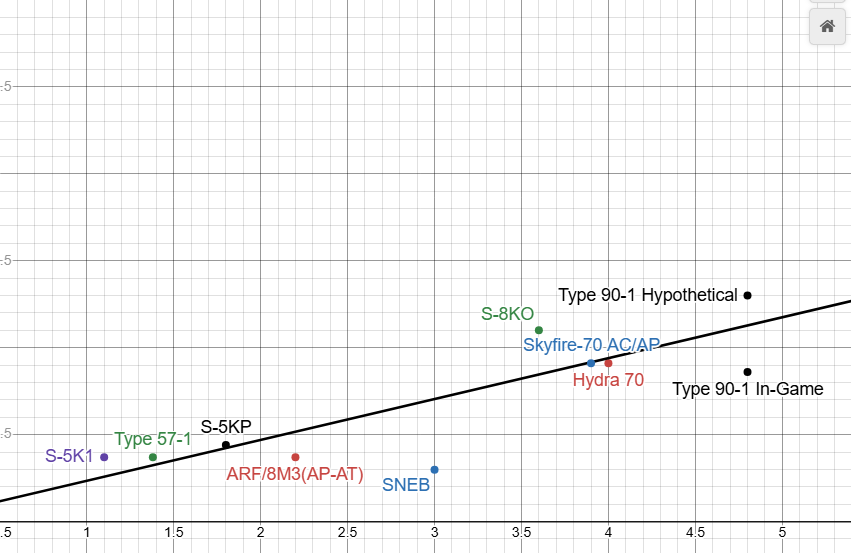I return after some heavy digging through various photos and questionable Chinese websites with some mild additional information. To begin, one of the most amusing things I’ve learned is that Chinese media outlets seem to struggle just as much to identify their own hardware as we do in the west. I just find that amusing.
Regardless, for future reference, here’s a small guide to assist:
I won’t go into the specific names of the various pods, just because it’s confusing enough. Additionally, keep in mind that warhead weight does not equal explosive mass.
Spoiler
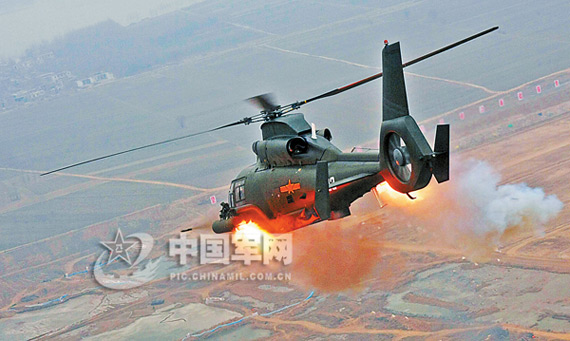
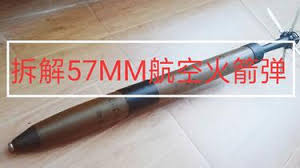
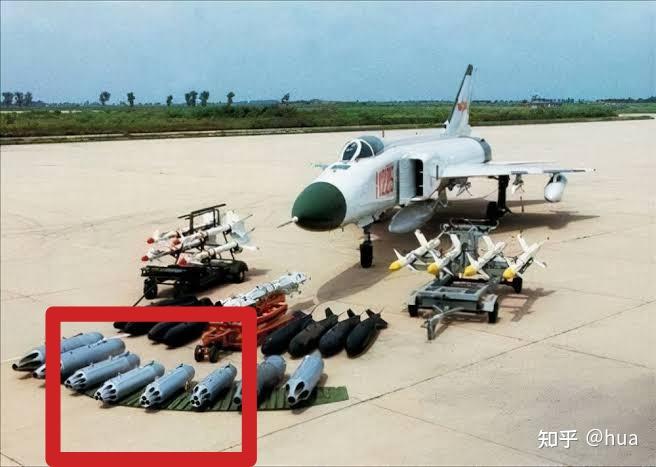
The Type 57-1/2 rocket, based on what I’ve found, is a domestic reproduction (with some notable modifications) of the soviet S5 rocket. While information is sparse, it would seem that the Type 57-1 is a straight reproduction of the S5 while the Type 57-2 attempts to improve on the design. Rather than the eight fins of an S5 rocket, these have 6. The Type 57-2 is also notably shorter than the S5. I can’t say I know where these news outlets are getting their sources, but they all have seemingly decided that the Type 57-2 has the following stats: The 0.82-meter-long rocket features a six-blade folding stabilizer tail and a 0.23-meter wingspan. It weighs 3.86-3.97 kilograms, carries a 1.38-kilogram warhead, and has a maximum speed of Mach 2.. They also mention a proximity fuse and the ability to engage air targets. If you’re curious, the ‘sources’ will be at the bottom.
Finding pictures of the actual rocket is a bit of a pain (the ones above are missing the correct fins). However, some additional photos are included below. These rockets seem to have fallen out of favor, being replaced by the 70mm and 90mm rocket.
Spoiler
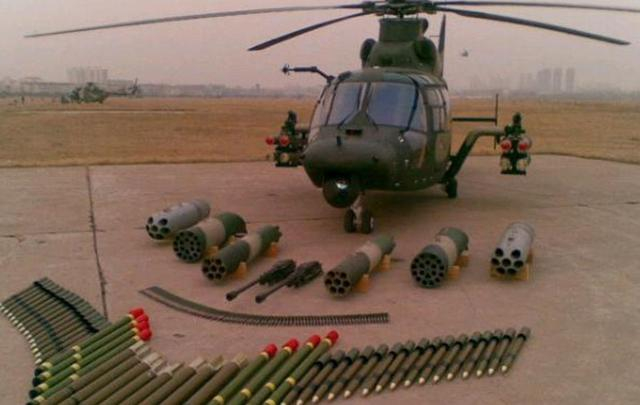
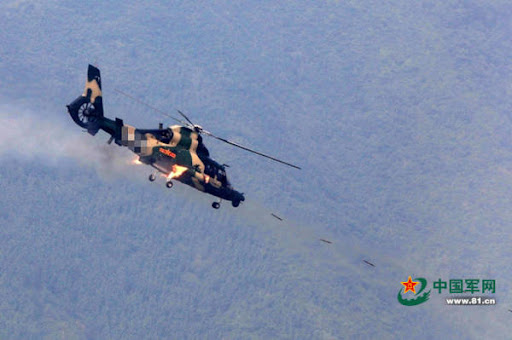
Finally, both of these rockets (The Type 57-1 and Type 57-2) have unused models in War Thunder. Notably the Type 57-2 has the incorrect fins, retaining 8 instead of the 6.
Spoiler
Spoiler
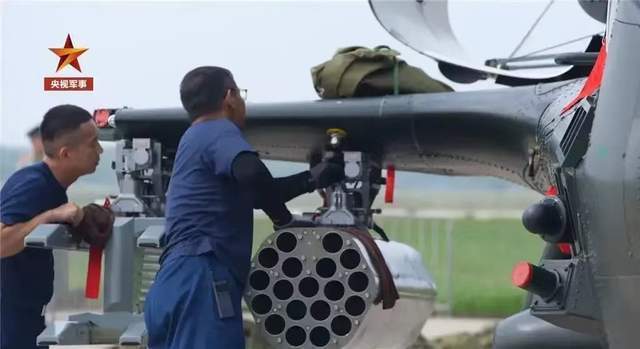
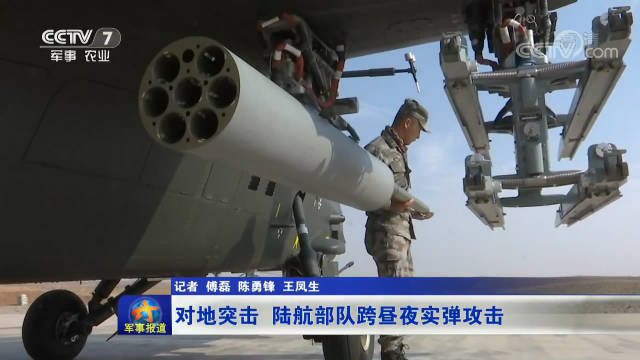
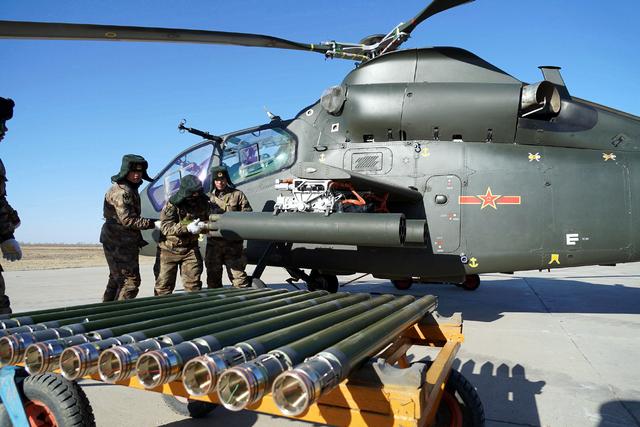
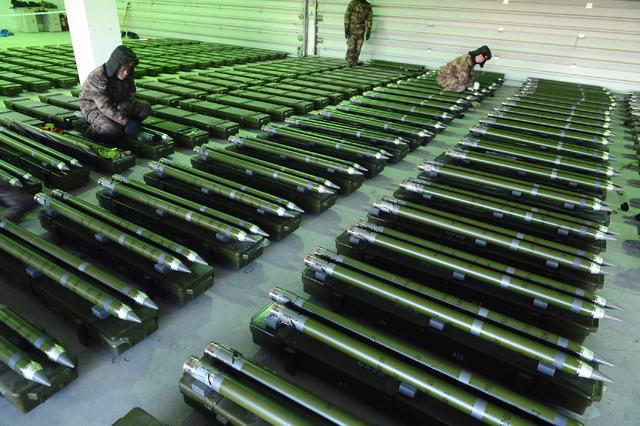
I believe we are familiar with these rockets at this point. Thus I will keep it brief. These are a domestically produced rocket meant to be comparable to the American Hydra 70. Rather than fold out fins like on the Type 57-1/2 and Type 90-1, these use wrap-around fins. As my focus was mainly the Type-90-1, I don’t have stats for these. Also they’re fairly well represented in War Thunder already. Nevertheless, the 7 round tube is often mistaken for a 90mm rocket pod. A notable distinction (other than the differences of the rockets) is the FS70 loads from the front, while the Type 90-1 pods load from the rear.
Also the 19 round pod on the Z10 can be confused for the 18 round 57mm pod we have in game. Easiest distinction other than size is the 19 round 70mm pod has a hole in the middle while the 18 round 57mm pod does not. I hope we can get the 19 launcher in game at one point. Now, a few more photos.
Spoiler
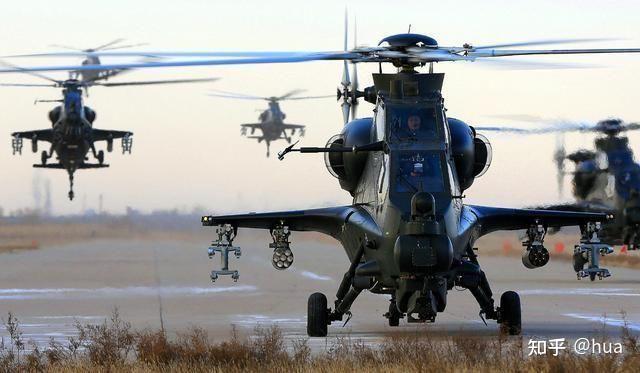
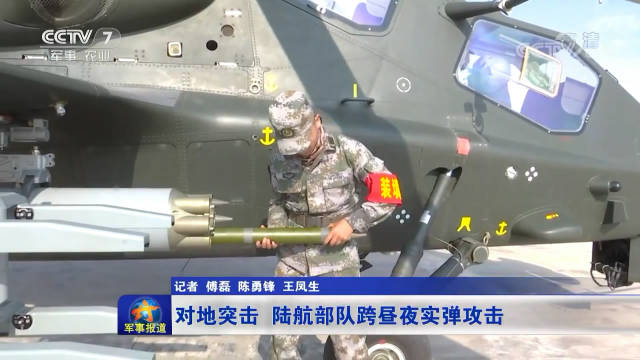
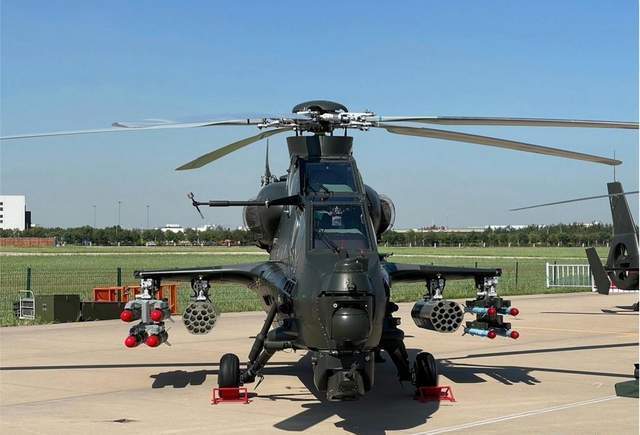
Spoiler
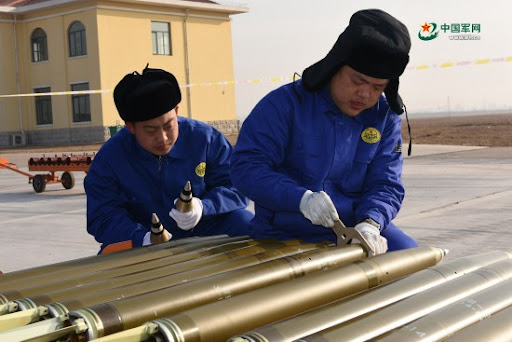
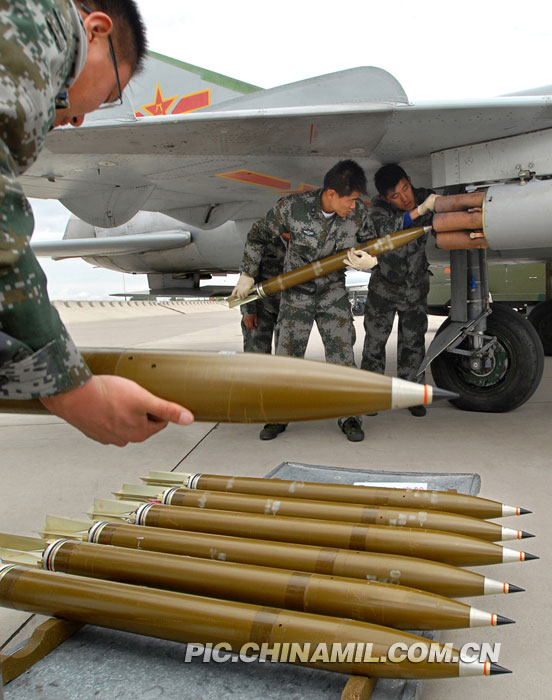
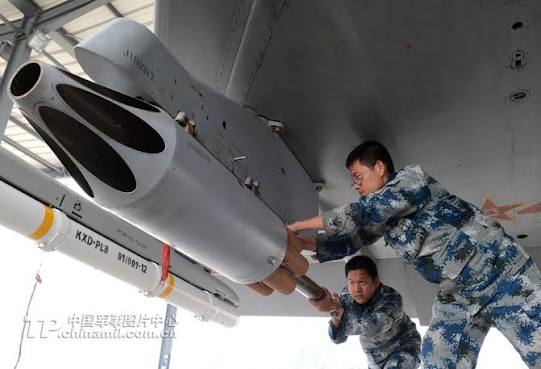
The Type 90-1 Rocket is a domestically produced 90mm rocket system that is still in service today. Hypothetically at least. This missile is fairly old and, outside of guided upgrades, there is little information on potential improvements to the rocket itself. A couple of the websites I looked at lists the Type-90-1/2/3, suggesting two additional variants. A photo from a museum also displays the 90mm C and D rocket (likely different warheads). These are important distinctions that I have little information on.
Spoiler
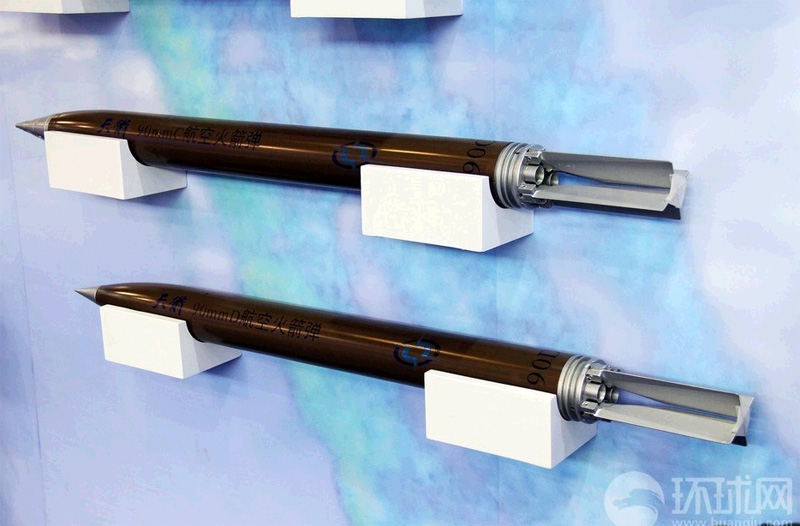
Nevertheless, these rockets are a mainstay in Chinese aviation and the original topic of this post. As mentioned above, I believe they are currently underperforming, as they currently list an explosive mass of 0.86 kg and the ability to penetrate 283mm of armor. At the very least, assuming we can find credible sources, the Type-90-3 deserves to be represented on the Rank 8 aircraft.
Across multiple websites, the 90mm rocket is listed with the following statistics:
“1.25 meters long, featuring a four-fin folding stabilizer and a four-nozzle solid rocket motor, weigh 14.6-17.1 kilograms (kg). They have a maximum speed of Mach 2 and can engage targets at 7,000 meters. They use warheads with general-purpose explosive, armor-piercing, and incendiary designations, weighing 4.8-5.6 kg (kg).”
What is their source?

However, one website notes something interesting. “It weighs 14.6 kg (90-1/2) and 17.1 kg (90-3)… The warhead of the 90-1/2 aerial rocket weighs 4.8 kg, and the warhead of the 90-3 aerial rocket weighs 5.6 kg; both use the HF7 7-tube rocket launcher.” Now, this same website displays the HF-27A pod as HF-7D, a 90mm pod, then displays the same pod in the 70mm section. So, take this all with a grain of salt. Nevertheless, we can infer a few things. Given we know the FS90A guided missile is 16.8 kg (given the promotional picture), the Type 90-3 would be heavier than its guided counterpart, suggesting that the FS90A is based on the 90-2 rather than the 90-3.
For the warhead weight, a Hydra 70 M247 has a warhead weight of 4.0 kg. In game, it lists an explosive mass of 0.91.
A SNEB has an approximate warhead weight of 3 kg. In game we have an explosive mass of 0.34 kg (I looked at another source that put it at 0.2985 kg.)
A S8KO has a warhead weight of 3.6 kg. In game, it lists an explosive mass of 1.1 kg.
Using the warhead weight we found for the Type 90-1/2 (4.8 kg) with the explosive mass in game, and including the hypothetical 1.3 kg explosive mass for the Type 90-1, we get this chart.
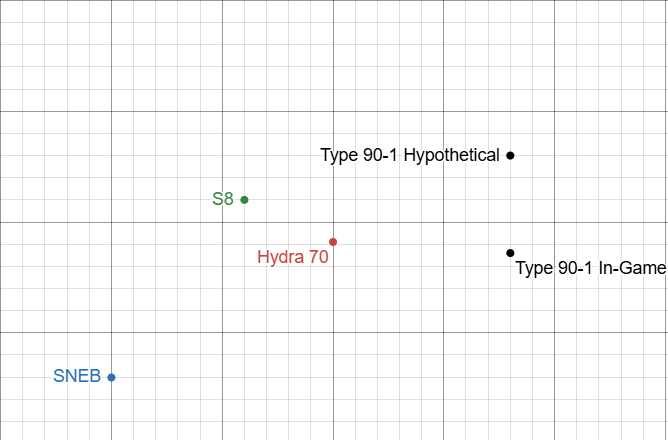
Keep in mind this is a gross oversimplification to what makes up a warhead; size constraints with the fuse, potency of the HEAT charge, etc. etc. However, adding a couple more rockets (some of which aren’t HEAT mind you), we get a logarithmic curve that looks like this. ( log(x-2))*5.3 )
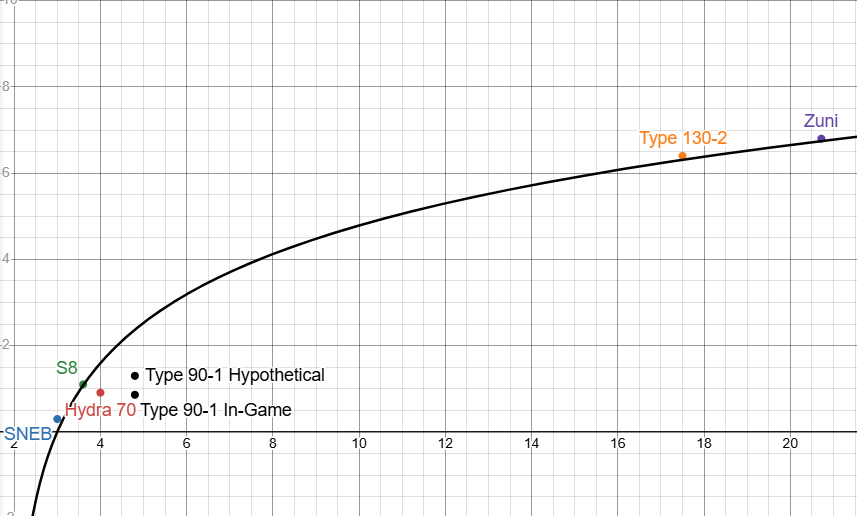
Now, it’s not a perfect line as this isn’t a perfect comparison. Especially as larger rockets seemingly skew our data. Regardless, the point is, the Type 90-1 is a notable outlier in game. Under the hypothetical of 1.3 kg of explosive mass, it fits far better on this chart. This is by no means, proof that Gaijin is wrong. This is merely a demonstration of my argument of the disparity between the Type 90-1 and other FFARs.
Anyways here are a few more pictures of the rocket to end off.
On the ground
Spoiler
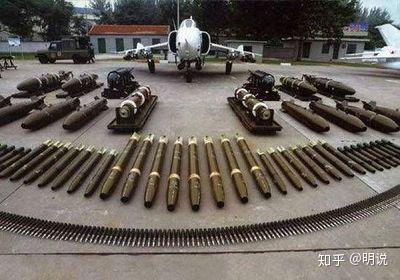
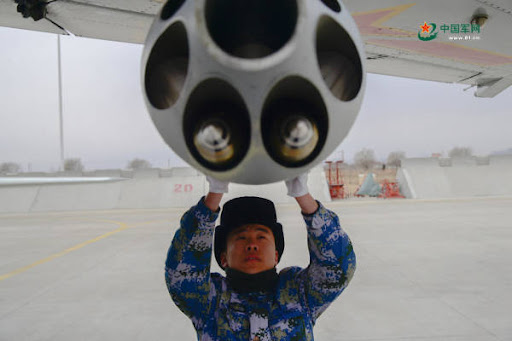
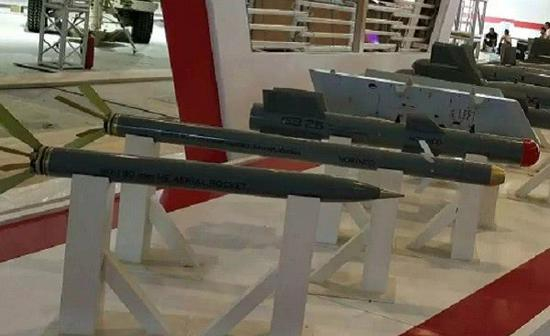
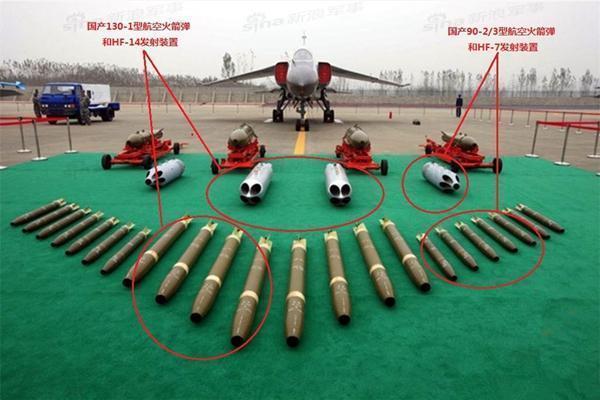
Firing
Spoiler
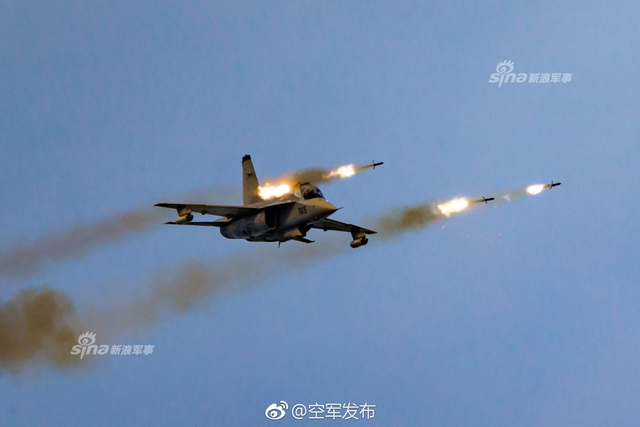
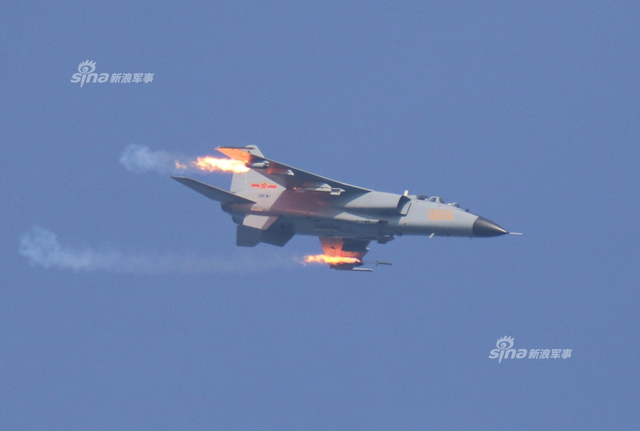
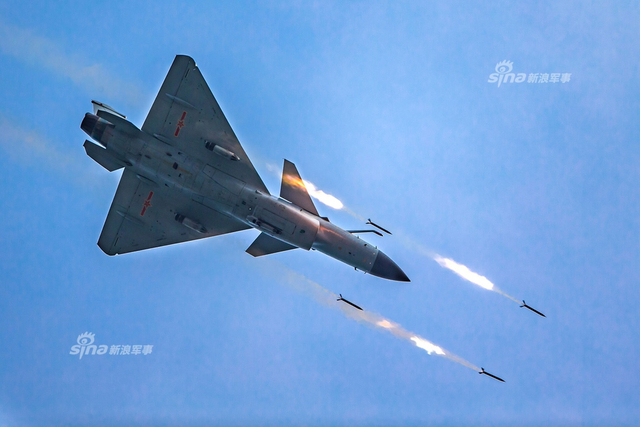
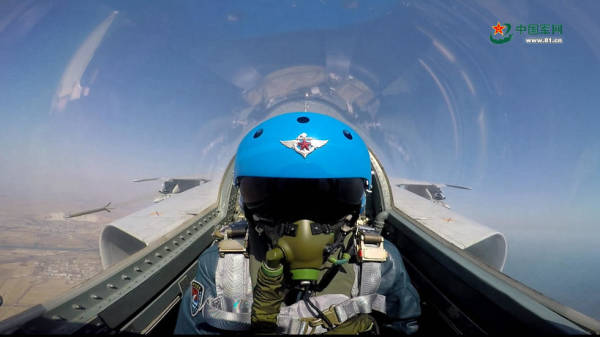
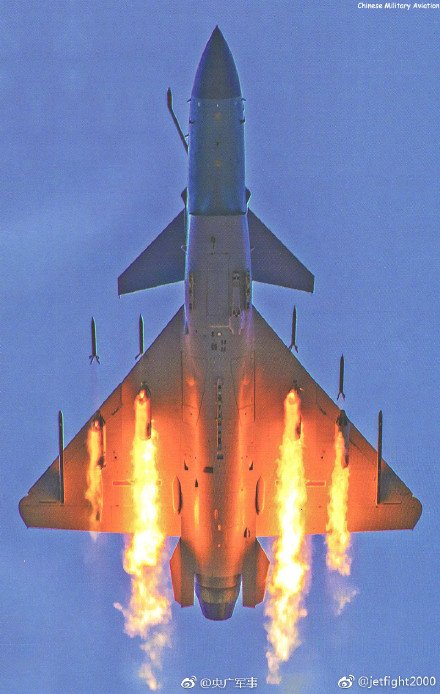
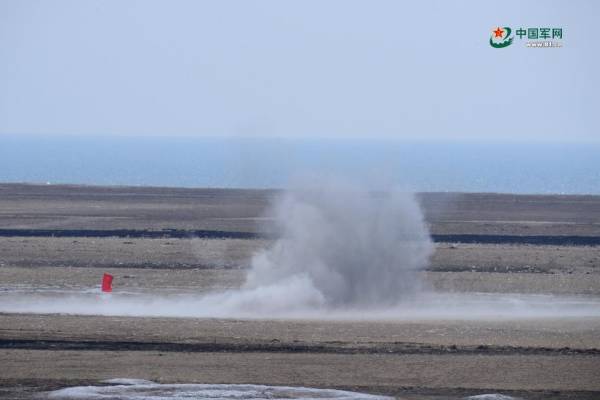
Firing GIF
Spoiler

Finally, the actual HEAT warhead for the Type 90-1 is hiding in the files. It’s pointier.
Spoiler
For those who are curious, here are the websites that I ended up looking at. Finding legitimate sources is a pain. Like I said, take everything here with a grain of salt. But if you’re curious, here ya go.
https://zhuanlan.zhihu.com/p/707002583
https://kknews.cc/zh-my/military/gvqmrz9.amp
